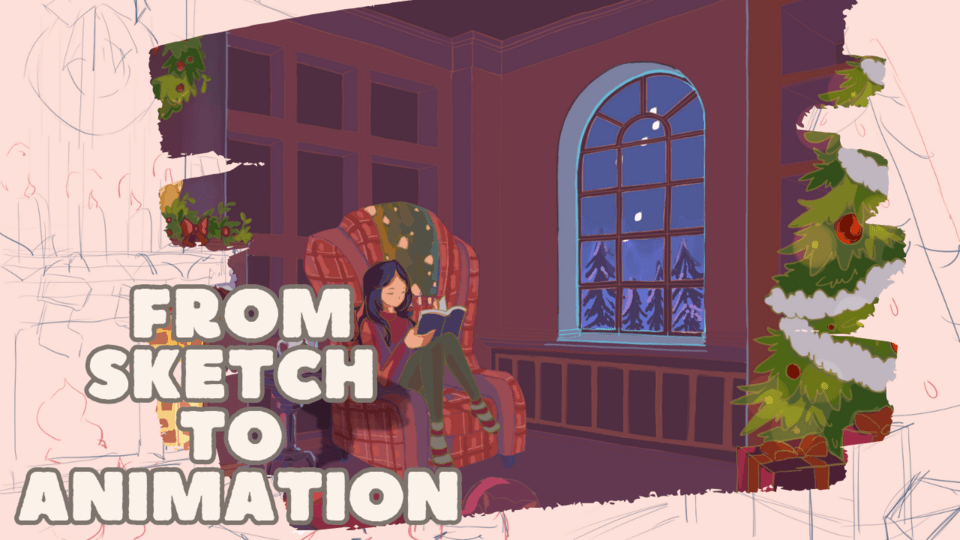How to Draw a Farm: Unleash Your Artistic Skills
Do you have a passion for art and want to learn how to draw a farm scene? Drawing a farm can be a delightful and fulfilling experience, as it allows you to capture the charm and tranquility of rural life on paper.
Whether you're an aspiring artist or simply enjoy the therapeutic nature of drawing, this guide will take you through step-by-step instructions on how to create a beautiful farm landscape that reflects your creativity and artistic vision.
So, let's dive in and explore the fascinating world of farm drawing!
1. Gathering Inspiration
Before you put pencil to paper, take some time to gather inspiration for your farm drawing. Look for reference images of farms in books, magazines, or online platforms. Observe the different elements such as barns, silos, animals, fields, fences, and vegetation. Pay attention to the lighting, colors, and overall composition of the scenes. This initial phase will help you visualize your own unique farm scene.
2. Setting the Foundation
To begin your farm drawing, lightly sketch the basic shapes and structures that will compose your scene. Start with the horizon line, which will determine the placement of elements in your drawing. Next, outline the main buildings such as the barn and farmhouse. Add smaller structures like sheds, silos, and fences to create depth and perspective. Remember to keep your lines light and loose at this stage, as they will serve as guidelines for the more detailed work to come.
3. Adding Details and Texture
Now that your foundation is set, it's time to add details to bring your farm drawing to life. Focus on one element at a time, starting with the barn. Add doors, windows, and architectural details that make each structure unique. Then, move on to the farmhouse, incorporating features such as chimneys, porches, and roofs. Use shading techniques to create texture and depth, giving your drawing a three-dimensional feel.
4. Embracing Nature's Beauty
A farm is incomplete without the presence of nature. Introduce natural elements into your drawing by adding fields, trees, and vegetation surrounding the buildings. Depict the landscape realistically by using different shades of green for the grass and various hues for the foliage. Experiment with different brush strokes to recreate the textures of leaves and branches. Don't forget to include a clear blue sky or a colorful sunset as the backdrop of your farm scene, adding an extra touch of serenity and beauty.
Example: Imagine a farm drawing where the vibrant greens of the fields contrast with the red roofs of the barns, while a golden sunset bathes the entire scene in warm hues. The attention to detail and careful use of colors bring the artwork to life, evoking a sense of peace and nostalgia.
5. Bringing Animals to Life
What's a farm without its adorable inhabitants? Whether it's cows grazing in the fields or chickens pecking the ground, including animals in your drawing adds charm and liveliness. Observe the anatomy and proportions of each animal carefully, paying attention to their shapes and movements. Use light shading to create volume and form, capturing the essence of each creature. Focus on their eyes to convey expression and personality, making them come alive on paper.
Comparison: Drawing animals on a farm requires attention to detail and understanding of their unique characteristics. While a horse may exhibit grace and elegance, a pig might be portrayed with rounder shapes and a more laid-back posture. By capturing these distinctions, you can add diversity and realism to your farm drawing.
6. Enhancing the Atmosphere
To make your farm drawing even more captivating, consider the atmosphere you want to convey. If you aim to depict a sunny day, use bright and cheerful colors, showcasing the warmth and joy of farm life. On the other hand, to create a sense of mystery or tranquility, opt for subdued hues and softer lighting. The atmosphere you choose will set the mood and evoke specific emotions in those viewing your artwork.
Advice: Experiment with different lighting techniques such as shading, hatching, and cross-hatching to achieve the desired atmospheric effects. These techniques can add depth and dimension to your drawing, enhancing the overall visual impact.
7. Adding Finishing Touches
Now that you've completed the main elements of your farm scene, it's time to refine your drawing by adding additional details and making any necessary adjustments. Pay attention to small features like doors, windows, and fences to ensure they align correctly. Use erasers to remove any unwanted lines and smudges, creating a clean and polished look. Take a step back periodically and assess your work from a distance to spot any inconsistencies or areas that need improvement.
Conclusion
Drawing a farm allows you to explore your artistic skills while capturing the beauty and essence of rural life. By following these steps and incorporating your own creative vision, you can create a stunning farm landscape that reflects your unique style. Remember to gather inspiration, set the foundation, add details, embrace nature, bring animals to life, enhance the atmosphere, and apply the finishing touches. With practice and patience, you'll be able to draw captivating farm scenes that showcase your artistic talent.











Comment